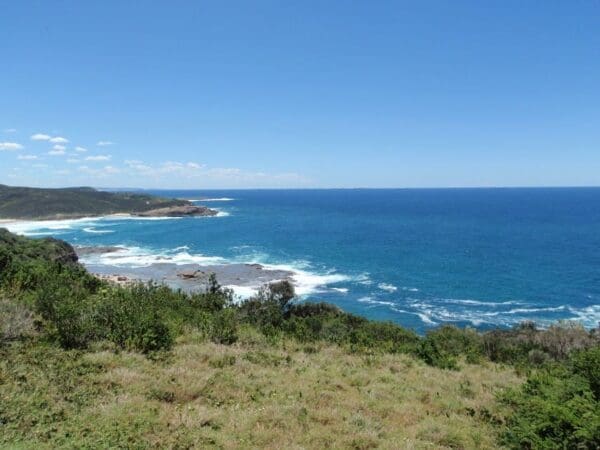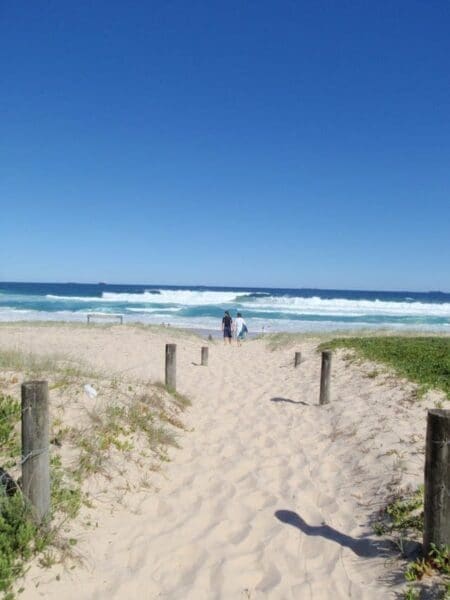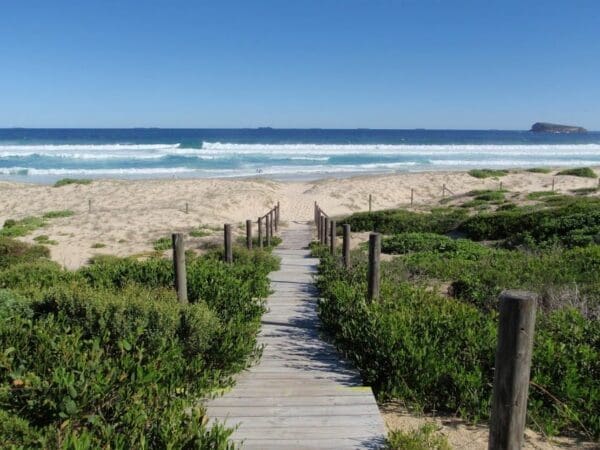Hike at a Glance
Max elevation: 0m
Min elevation: 0m
Total Ascent: 0m
Hike overview
Dotted with grass trees and with myriad birds winging across your path, this walk through coastal heathland is a delight.
The paths are wide and offer sweeping views over Timber Beach, Ghosties Beach and Moonee Beach - bring the camera for some picture-perfect shots. In late winter and early spring, you'll also witness a blaze of colour as wildflowers bloom across the heath.
The real highlight of this walk reveals itself as you descend onto spectacular Moonee Beach. You'll feel far from the madding crowds on this private sandy shoreline. Spend the day swimming or snorkelling in the turquoise water and don't forget to explore the protected rockpool area.
Track grade
Grade 2 (Easy) - A Gentle Introduction to Inclines: Grade 2 on the AWTGS represents easy walking tracks that offer a slightly more challenging experience compared to Grade 1. Similar to Grade 1, no prior bushwalking experience is required. The track surface is typically hardened or compacted and may have gentle hill sections or occasional steps. The total distance of a Grade 2 walk is typically no greater than 10 kilometers. These walks are still suitable for families with a bit more experience or those seeking a gentle introduction to some inclines.
Walk map and GPX file
Do you have a GPX file for this hike? Feel free to email it to me so I can add it to this hikes info.
Click to add your file >>
Content use
Please don’t copy GPX files or content from this site to AllTrails or other platforms. Each trail has been personally mapped, documented, and refined to support Australia’s bushwalking and hiking community. While some details come from land managers, every listing reflects significant personal effort. This is a free, community-driven initiative—your respect helps keep it that way.
Gallery
Got any photos from this hike? Your photos can help others plan. Share shots from along the trail so fellow hikers know what to expect.
Click to add your photos >>
Getting there
Getting to the trailhead: Munmorah State Conservation Area.
To Moonee Beach Trail. From the northern entry of Munmorah State Conservation Area:Follow Blue Wren Drive and turn left onto Campbell Drive and continue for 4kmThe track begins from the gravel carpark on the leftFrom the southern entry of Munmorah State Conservation Area:Follow Birdie Beach Road and turn left onto Blue Wren DriveTurn right onto Campbell Drive and continue for 4kmThe track begins from the gravel carpark on the left Park entry points Moonee Beach Trail See on map Road quality Check the weather before you set out as the road to Moonee Beach trail can become boggy when it rains. Parking Parking is available at the start of Moonee Beach trail, day use fees apply
Visit NSW National Parks and Wildlife Service for more information on this trail.
The longitude and latitude of the start and end points are approximately only and should not be used for navigation purposes. Please contact me if you know the correct coordinates.
Need a rental car to get you to the hike? Find one here.
About the region
Pristine beaches, beautiful picnic and camping spots, first-class fishing and grand views are just a taste of what is on offer at Munmorah State Conservation Area. Munmorah State Conservation Area is a park for all seasons. Beautiful, sandy surf beaches, craggy coastlines, tranquil bays and dazzling ocean views make this a place to return to time and again. Bushwalking, camping, fishing, surfing and swimming are just some of the many activities you can enjoy at Munmorah. Bring your binoculars to spot passing whales in winter and keep an eye out for some of the incredible bird species that call this park home you might see a bar-shouldered dove in the coastal dunes or the southern emu wren on the low coastal heaths. Part of the Sydney Basin, Munmorah State Conservation Area illustrates the impressive geology of the region the views are spectacular and it's no wonder, they've been millions of years in the making.
Find a place to stay
Wondering where to stay near this hike? Find accommodation close to the trailhead — hotels, cabins and campgrounds nearby. Click the button to view the interactive map.
Closest towns to this walk: Budgewoi, Cams Wharf, Canton Beach, Catherine Hill Bay, Chain Valley Bay, Colongra, Doyalson, Gorokan, Gwandalan, Lake Haven, Lake Munmorah, Mannering Park, Mooney Mooney, Morisset, Morrissett, Norah Head, Noraville, Nords Wharf, Sandy Beach, Shelly Beach, Summerland Point, Swansea, Toukley, Tuggerah, Wadalba, Wyee, Wyong, Wyongah
Let someone know
Heading out? Fill in a trip intentions form so someone knows your plans. If things go wrong, they can raise the alarm fast, giving you peace of mind on the trail.
Similar walks nearby
Looking for more walks in or near Munmorah State Conservation Area? Try these trails with a similar difficulty grade.
Suggest an edit
Notice something different about this trail? Whether it’s a new feature, a route change, or a closure, share your update so we can keep our info accurate and helpful for fellow hikers.
Click to suggest edits >>
Explore safe
Plan ahead and hike safely! Carry enough water, pack layers for changing conditions, and bring safety gear like a torch, PLB, and reliable communication device. Check official sources for trail updates, closures, and access requirements, and review local weather and bushfire advice. Most importantly, share your plans with someone before you go. Being prepared makes for a safer and more enjoyable hike! Stay Safe, Explore More, and Always #ExploreSafe.
Packing checklists
What you carry in your pack depends on factors like weather, terrain, and your adventure type. Not sure what to bring? My free planning, food, and packing checklists are a great starting point, covering day hikes, overnight trips, and multi-day adventures. Use them to customise your kit and always prioritise safety.
Acknowledgement of Country
Trail Hiking Australia acknowledges the Traditional Owners of the lands on which we hike and pay respects to their Elders, past and present, and we acknowledge the First Nations people of other communities who may be here today.






